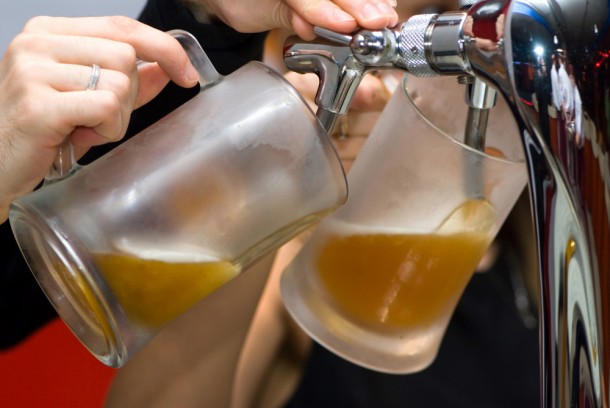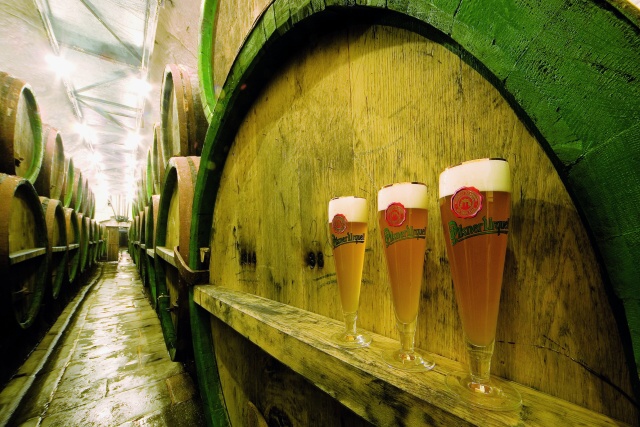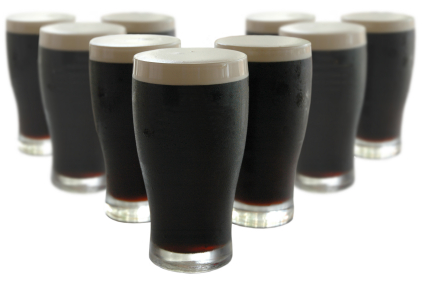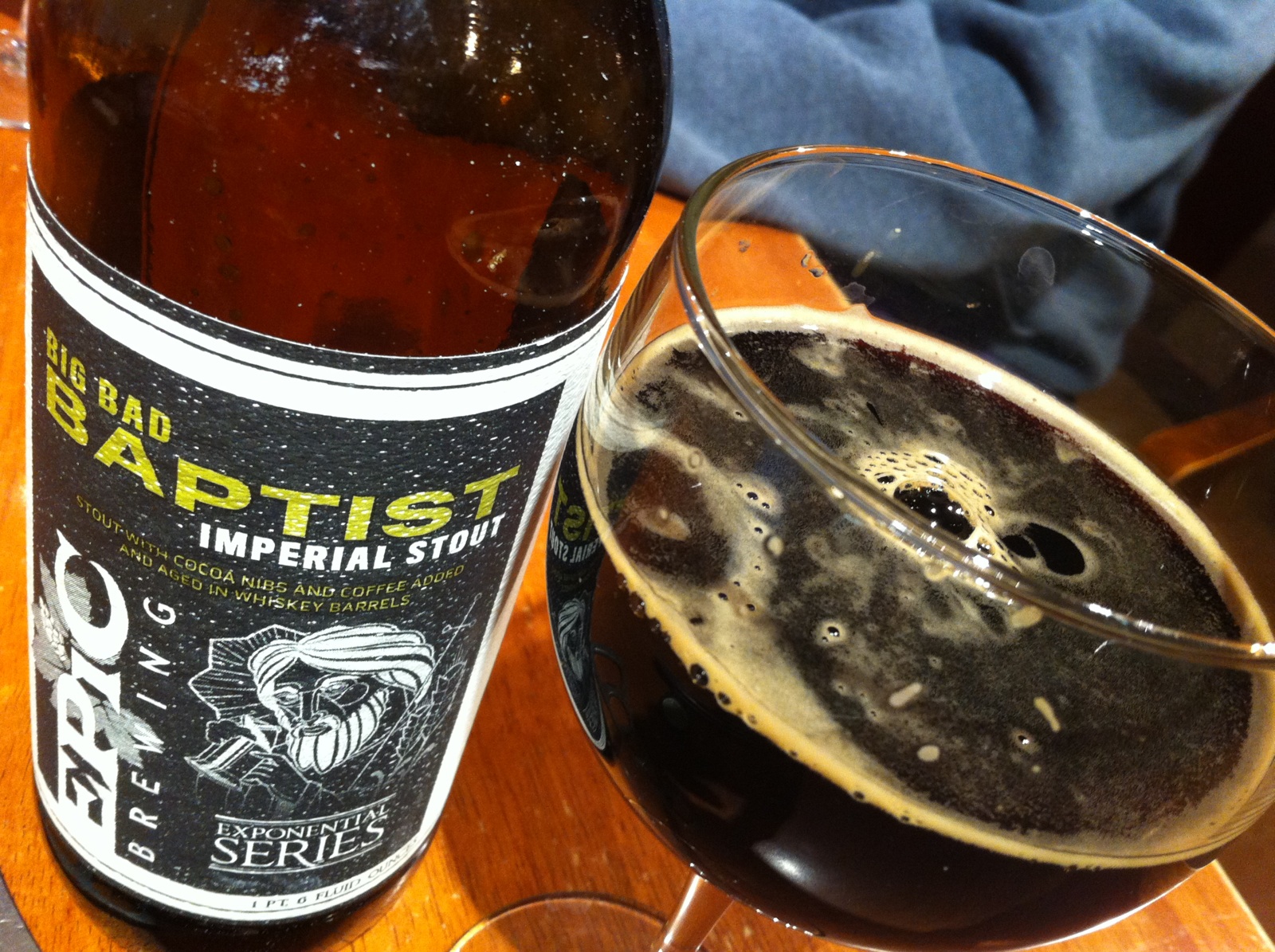Remedial Beer

I’ve spent years educating myself on the topic of booze, and sometimes take for granted that not everyone may understand what, to me, seems like common knowledge. I encounter frequent misinformation from the average consumer as a result, so every now and then I just feel the need to give an education lesson.
I almost debated calling this article Beer 101, but that titling format gets far too over-used, and let’s face it, this is information you should know well before you ever dream of college studies. So I went with Remedial Beer, because this really is the 1+1=2 basics, and I encounter far too many people that just do not know the beer answer to what’s 1+1. This is stuff that any grade school grad (who’s over 21) should understand, but somehow failed to grasp, because poor teachers (large commercial brewers) just passed them along over and over again to the next grade (current marketing strategy) without ever making sure they understood the concepts and principles (what beer is and is not) that their education was supposed to be for (enjoyment of taste versus just having something alcoholic to drink).
Like all remedial courses, you have to start with the basics.
The Basics
Beer, for the most part, has only four ingredients: water, malted barley, hops, and yeast. It’s a great myth that beer has all sorts of other weird chemicals or strange food additives. Beer is mostly water; typically around 94-96% for standard styles. Most of the rest of what’s in your glass is ethyl alcohol (sugar alcohol). Then there are trace amounts of various other compounds that come from those four base ingredients, which while small in concentration, have a large impact on the look, feel, smell, and taste of your beer.
I stated “for the most part” earlier, because some beers use other ingredients, called adjuncts, besides those four listed. Corn and rice are the two most common if you drink large commercial brews. The small craft guys like to throw in oddball stuff like chocolate or pumpkin as examples. And of course there are many popular wheat beers on the market.
Ale vs. Lager
Lesson two: understanding ale and lager. Ale and lager are both beer. People who say they drink beer, not ale, are just goofy. There is no color difference, or level of bitterness difference between ale and lager. Both ale and lager can run the full gamut with regard to color and bitterness. Color comes strictly from the barley, and bitterness comes almost strictly from the hops (but can be influenced by the other three ingredients).
Ale is a style of beer that uses yeast which has been selected over centuries to collect at the top of the liquid while fermenting, and to ferment best at warmer temperatures. A lager (German for “to store”) uses yeast that settles to the bottom and ferments at colder temperatures over longer time periods. Ales tend to have a bit more body and produce more aromatic esters. Lagers tend to be a little lighter bodied and produce a milder flavor profile. However, there are light and mild ales, and there are heavy and robust lagers, so that general tendency is not absolute. You must taste your beer to know the difference.
Remember, always drink responsibly.




